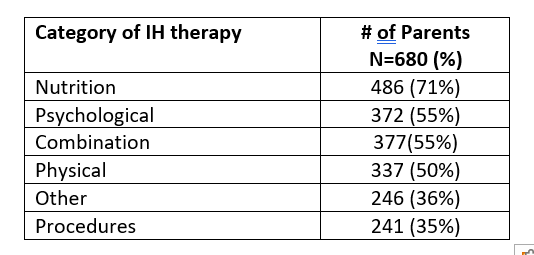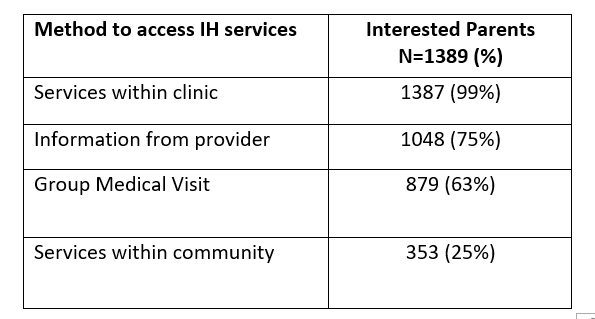General Pediatrics: Primary Care/Prevention
General Pediatrics 4
475 - Integrative Health: What are Children Using and What do Parents Want?
Publication Number: 475.217

Mala Mathur, MD, MPH (she/her/hers)
Associate Professor of Pediatrics
University of Wisconsin School of Medicine and Public Health
Verona, Wisconsin, United States
Presenting Author(s)
Background: Integrative Health (IH), the coordinated use of whole person, evidenced-based complementary and conventional medical approaches, has shown benefits in children for conditions such as migraines and irritable bowel syndrome. A decade ago, 11.6% of parents indicated their children used IH therapies, but few studies have examined this recently.
Objective: This study aimed to understand parental familiarity, current levels of IH use in children, motivations for IH use, and parental interest in learning about IH therapies.
Design/Methods:
A national cross-sectional survey of parents of children 0-17 years of age were recruited from Qualtrics panels in August 2022. Participants were asked about their familiarity with, their children’s current use, motivations for using and interest in learning about IH therapies. Chi square analysis was used to test differences in current use of IH by age, race, gender, and level of education.
Results: Participants (n=2151) were predominantly female (73%), between the ages of 30-45 (60%), white (75%), and non-Hispanic (82%); most reported some college education (57%). About 66% of participants indicated some familiarity with IH, and 32% (n=680) reported using different IH therapies in the past 12 months (Table 1). Participants who were females (p< 0.001), identified as white (p< 0.0001), were aged 30-45 (p< 0.0002) and those with some college education (p< 0.0001) were more likely to have used IH therapies. Among participants whose children used IH within the past 12 months (n=680), their motivations included: to promote overall health (58%, n=394), to increase energy (30%, n=207), to address stress (25%, n=169), to support mental health (25%, n=135) and to enhance sports performance (24%, n=165). Most participants reported interest in their health care provider using an IH approach for their child (65%, n=1389). Among them, participants indicated preferences in learning about IH or accessing services in different ways such as within the clinic or within the community. (Table 2).
Conclusion(s): Findings suggest use of IH by children has tripled in the last decade, and most parents describe interest in learning more about these practices. Future studies should explore healthcare providers’ attitudes towards practicing IH and opportunities to provide training in IH approaches. 

